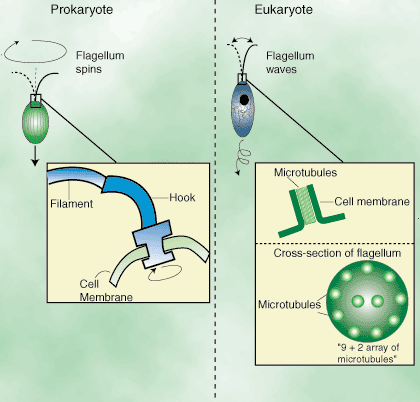Please wait while we process your payment
If you don't see it, please check your spam folder. Sometimes it can end up there.
If you don't see it, please check your spam folder. Sometimes it can end up there.
Please wait while we process your payment

By signing up you agree to our terms and privacy policy.
Don’t have an account? Subscribe now
Create Your Account
Sign up for your FREE 7-day trial
By signing up you agree to our terms and privacy policy.
Already have an account? Log in
Your Email
Choose Your Plan
Individual
Group Discount
Save over 50% with a SparkNotes PLUS Annual Plan!
 payment page
payment page
Purchasing SparkNotes PLUS for a group?
Get Annual Plans at a discount when you buy 2 or more!
Price
$24.99 $18.74 /subscription + tax
Subtotal $37.48 + tax
Save 25% on 2-49 accounts
Save 30% on 50-99 accounts
Want 100 or more? Contact us for a customized plan.
 payment page
payment page
Your Plan
Payment Details
Payment Summary
SparkNotes Plus
You'll be billed after your free trial ends.
7-Day Free Trial
Not Applicable
Renews July 25, 2025 July 18, 2025
Discounts (applied to next billing)
DUE NOW
US $0.00
SNPLUSROCKS20 | 20% Discount
This is not a valid promo code.
Discount Code (one code per order)
SparkNotes PLUS Annual Plan - Group Discount
Qty: 00
SparkNotes Plus subscription is $4.99/month or $24.99/year as selected above. The free trial period is the first 7 days of your subscription. TO CANCEL YOUR SUBSCRIPTION AND AVOID BEING CHARGED, YOU MUST CANCEL BEFORE THE END OF THE FREE TRIAL PERIOD. You may cancel your subscription on your Subscription and Billing page or contact Customer Support at custserv@bn.com. Your subscription will continue automatically once the free trial period is over. Free trial is available to new customers only.
Choose Your Plan
This site is protected by reCAPTCHA and the Google Privacy Policy and Terms of Service apply.
For the next 7 days, you'll have access to awesome PLUS stuff like AP English test prep, No Fear Shakespeare translations and audio, a note-taking tool, personalized dashboard, & much more!
You’ve successfully purchased a group discount. Your group members can use the joining link below to redeem their group membership. You'll also receive an email with the link.
Members will be prompted to log in or create an account to redeem their group membership.
Thanks for creating a SparkNotes account! Continue to start your free trial.
We're sorry, we could not create your account. SparkNotes PLUS is not available in your country. See what countries we’re in.
There was an error creating your account. Please check your payment details and try again.
Please wait while we process your payment

Your PLUS subscription has expired
Please wait while we process your payment
Please wait while we process your payment

Algae

Dinoflagellates are mostly unicellular. The cell wall of these algae is only present when in the cyst stage. Most species of dinoflagellates have two flagella. One typical flagellum extends behind the cell. The other, usually shorter flagellum lies in a groove encircling the cell.
Dinoflagellates are an important component of plankton, the primary producers of organic material in the oceans. While this makes them important as a food source, some species of dinoflagellates are poisonous. The Red Tides common off the coasts of Florida and Mexico are caused by dinoflagellates and can kill millions of fish.
Red algae are mostly multicellular marine seaweeds. Like the green algae and higher plants, their chloroplasts have a two membrane envelope; red algae is often placed in the kingdom Plantae. In addition to chlorophyll a and b, red algae have accessory pigments called phycocyanins and allphycocyanins that contribute to the red coloration of some species. Their reproductive cycle involves alternation of generations like that of the brown algae, though no red algae have flagellated gametes, while some brown algae do.
For many years, cyanobacteria, a group of photoautotrophic eubacteria, were mistakenly classified as algae. They formed the group called blue-green algae. The lack of a defined nucleus and organelles such as chloroplasts make it clear that these are in fact eubacteria rather than algae. Cyanobacteria are discussed in the SparkNote on Monera.
Please wait while we process your payment

